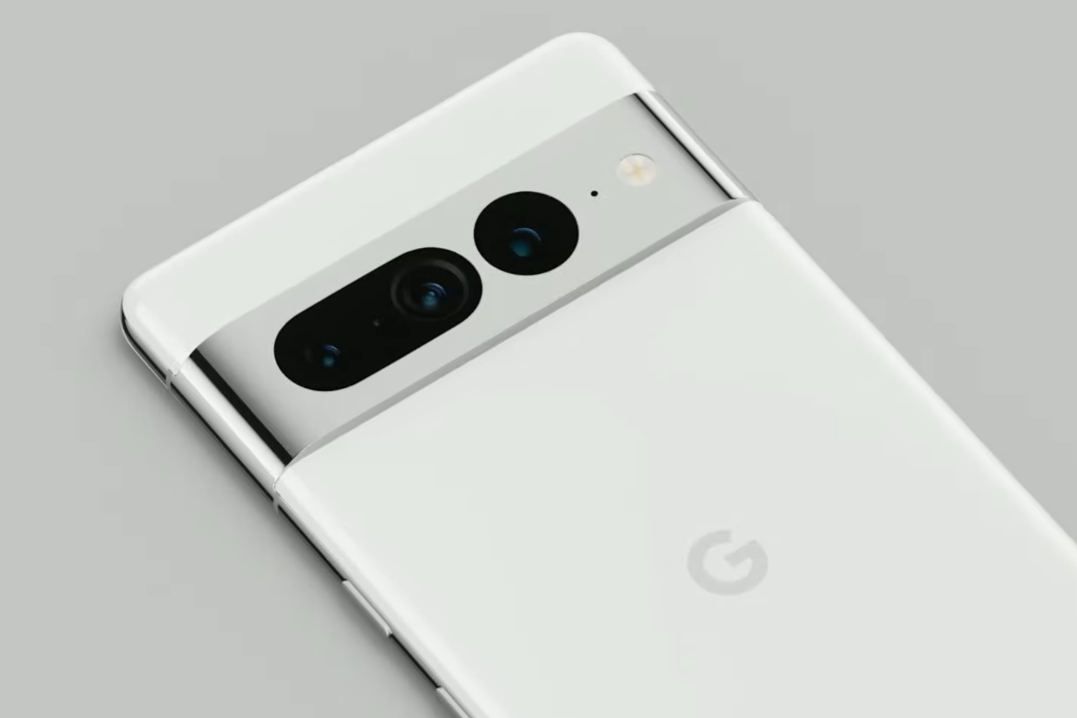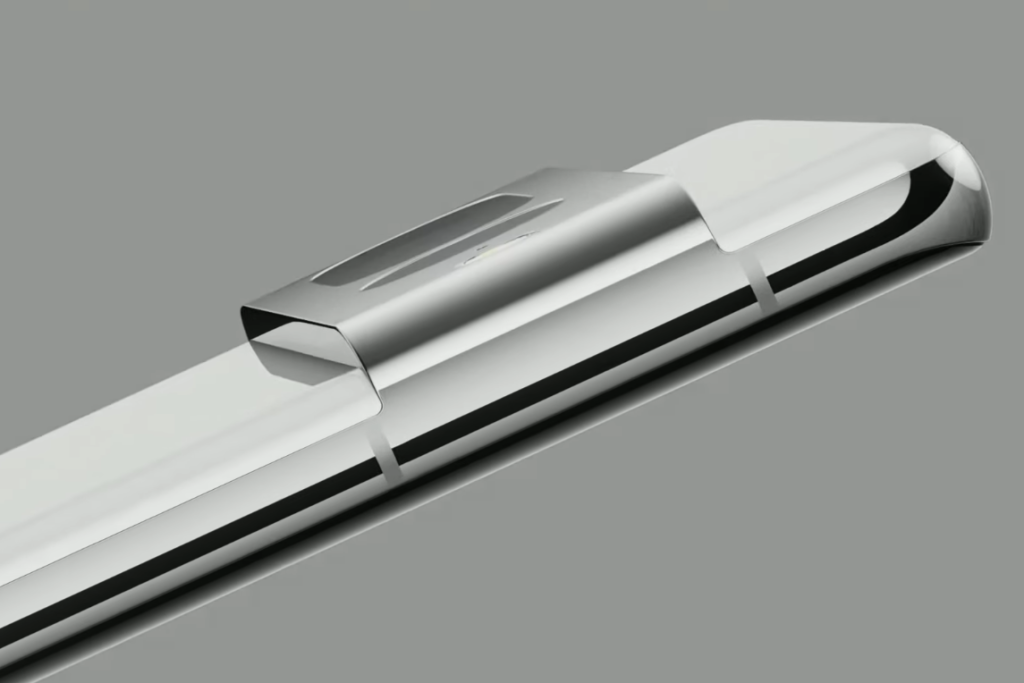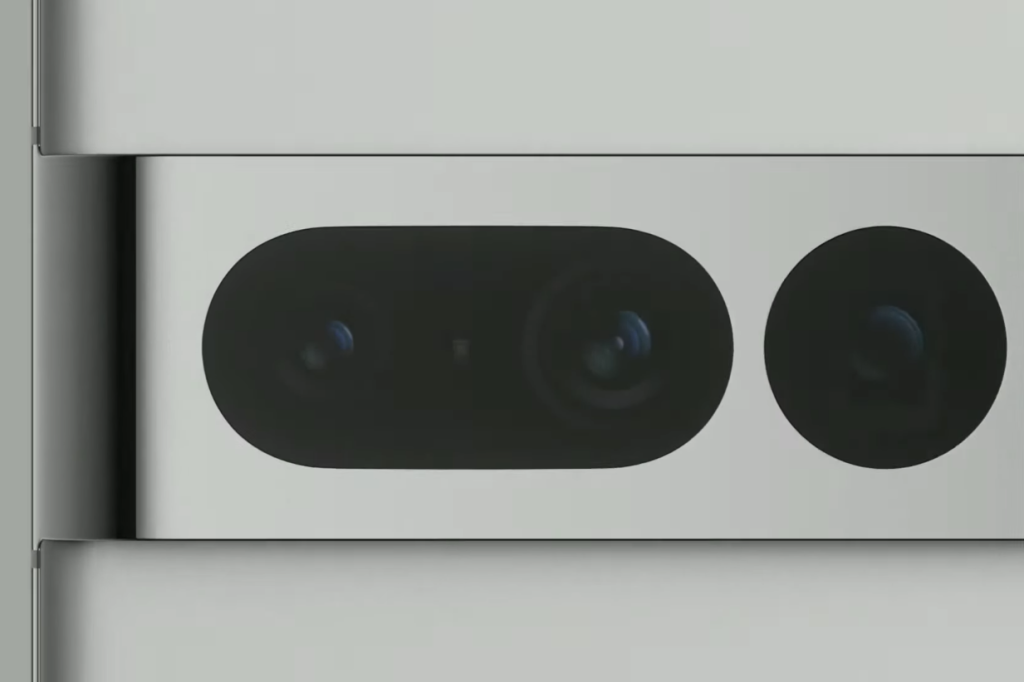Google Pixel 7 preview: specs, release date, price, latest rumours
Not long to wait: Pixel 7 and Pixel 7 Pro land later today

There’s mere hours to wait until Google officially launches its next pair of smartphones. The Google Pixel 7 will arrive today, October the 6th, alongside the Pixel 7 Pro.
UPDATE: the event has wrapped up – read all about the Google Pixel 7 and Pixel 7 Pro right now
After an official teaser at Google I/O 2022, which mainly focused on the Pixel 6a mid-ranger, Android 13 and other software reveals, we’ve been counting down the days until the flagship 7 Pro and its baby brother would land. There was plenty to learn from a short trailer, and the healthy amount of leaks doing the rounds made it easy to paint a picture of what to expect.
Here’s everything we know so far about the Pixel 7 specs and other details, plus a few things we’d like to see from the next Google flagship based on last year’s phones.
- Related: The best new 2022 phones to expect
Google Pixel 7 release date and price rumours

It’s official: Google circled October the 6th in its diary for the Pixel 7 and Pixel 7 Pro’s launch. The firm announced the date on its official Twitter account, along with a video showing off the phones from various angles. They will be revealed alongside the Pixel Watch, Google’s hotly anticipated wearable.
Both the Pixel 7 and Pixel 7 Pro recently passed through the FCC approval process, revealing a few previously-unknown features and indicating a launch wasn’t too far away.
Looking at Google’s previous product launch roadmaps, the company typically reveals its top-of-the-line Pixel hardware in the autumn each year, so October was always a likely pick. Just take a look at Google’s previous Pixel flagship reveal dates and you’ll see why:
- Pixel/Pixel XL release date: October 4, 2016
- Google Pixel 2/2 XL release date: October 4, 2017
- Pixel 3/3 XL release date: October 9, 2018
- Google Pixel 4 release date: October 15, 2019
- Pixel 5 release date: September 30, 2020
- Google Pixel 6/6 Pro release date: October 19, 2021
The Pixel 7’s price is more shrouded in mystery, but again the past can prove instructive. The Pixel 6’s SIM-free RRP is from £599/$599, while the Pixel 6 Pro starts at £849/$775 to buy outright. The smartphone market hasn’t changed that dramatically in the last 12 months, so the cost could well be similar this year.
Pixel 7 design: latest images
Until recently, we just had the official images Google released at I/O – but now the Pixel 7 leaks have started in earnest. The latest comes from a repair shop in Bangladesh, which has fully unboxed and shown off a Pixel 7 Pro handset, complete with retail packaging and initial power on.
The video doesn’t reveal too much that we didn’t already know, save for the design of the box the phone will ship in, but it does suggest a launch can’t be too far away if handsets are already out in the wild.
To recap, the Pixel 7 is set to retain the Pixel 6’s full-width camera bar, but now it blends directly into the frame holding the front and rear glass. There will be curved glass on the front, and the rear camera bar will hold three lenses. This suggests the phone Google showed off was the Pixel 7 Pro, as last year’s Pixel 6 had flat glass and two rear snappers.
Other, much more unofficial images of the next Google flagship came from a less known source called TechGoing and showed what the device might look like sheathed by a case.
Pixel 7 hardware: latest leaks and rumours

Early clues pointed to the Pixel 7 being the most powerful Google flagship yet – which is exactly what you’d expect. It’ll definitely come equipped with a new in-house Google chip (the company has said as much), known as the Tensor G2 in public and ‘GS201’ internally.
The next-gen SoC popped several times in early leaks, and has since made appearances in online benchmark leaderboards. If results are accurate, we can expect performance to outpace the Pixel 6, but not be as potent as devices powered by Qualcomm’s Snapdragon 8+ Gen 1 flagship chip. It also places lower than devices using MediaTek Dimensity 9000-series CPUs.
Images released by Google showed the Pixel 7 Pro with three rear camera lenses, and the Pixel 7 with only two. There’s been nothing official as to what to expect in terms of pixel count or photography features.
Recent FCC filings indicate only the Pro version will support Ultra Wide Band (UWB) communications, which is used for digital car keys and Google’s Nearby Share protocol. Both devices will support Wi-Fi 6E, C-band 5G, and NFC, and there will be multiple variants for different territories.
Based on more early rumours, generally reliable mobile tipster @OnLeaks shared unofficial renders of the Pixel 7 via Carhp. The post included some very speculative Pixel 7 specs, such as dimensions of 155.6mm x 73.1mm x 8.7mm, which would make it smaller than the Pixel 6. It also suggested Google’s 2022 flagship is getting a dual-camera configuration led by a 50-megapixel primary sensor – no third lens, as some had hoped. The renders were pretty accurate to what Google would eventually reveal, mind.
Will there be a Pixel 7 Pro?
There was a high chance Google would bring back the two handset approach for the 7th-gen Pixel, once the existence of two Pixel codenames (‘Cheetah’ and ‘Panther’) were revealed. The firm then confirmed as such at Google I/O, showing two different rear camera modules. There will indeed be a Pixel 7 and Pixel 7 Pro.
What we want to see from the Pixel 7

Google produced two stunning new phones last year, as our Google Pixel 6 review and Google Pixel 6 Pro review show. Both are 5-star devices, but obviously, with around £250 separating them in price, the Pixel 6 makes more compromises.
We’d therefore love to see the Pixel 7 get some of the best Pixel 6 Pro features that the plain ol’ Pixel 6 missed out on. Namely the variable 120Hz refresh rate featured on the more premium device’s display.
There’s also room for the Pixel 7’s camera to get better without stepping on the Pixel 7 Pro’s toes, the addition of telephoto being the obvious place to start.
We didn’t join the baying mob in clamouring for the camera’s protruding new horizontal design to be binned and won’t now. We know a great many who would be happy if the ‘visor’ was one-and-done.
Finally, we’re extremely excited that the Pixel 7 will be joined by Google’s first ever in-house designed smartwatch. The Pixel Watch officially broke cover at Google I/O, but we won’t know more until closer to the Pixel 7’s launch date.
- More mobile coverage: Nothing Phone 1 news and rumours

